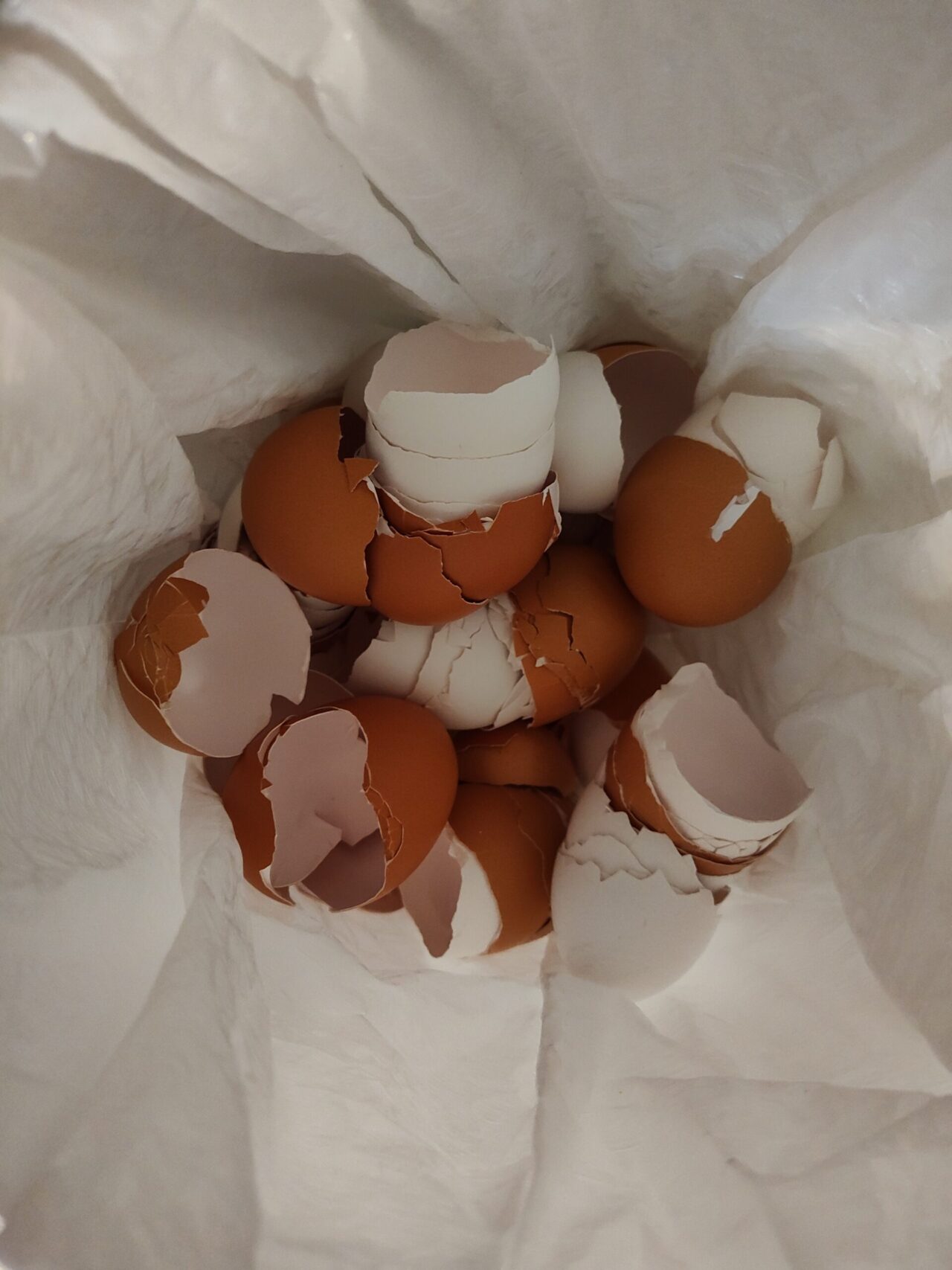Read your labels on products, If it says, Sunflower Lecithin, or Organic Soybeans then the lecithin is natural and not animal. Therefore, no eggs in the lecithin. If it doesn’t explicitly say the above it could be from the lecithin found in eggs.
Milk powder lecithin typically is derived from egg yolks and soy lecithin from sunflower seeds and soybeans. Soy is a prominent crop in the United States. Most of it is modified genetically. A whopping 94%.
Soy Lecithin Label
Soy Lecithin is found in soy from canola oil, cottonseed oil, or in animal fats. Lecithin supplements are usually derived from eggs, soy, or sunflower seeds. So BEWARE! Read the bottle carefully and google to find out what it is derived from. Never ask the internet if it is eggless! Their routine answer in a lot of cases is, “Yes, the egg is not listed on the label.” Well, DUH, That leaves me thinking that I read that for myself. You have to ask what it is derived from to get the best answer.
Two Types of Lecithin Extraction
Cold-pressed is safe for humans because there are no chemicals involved. Then there is the Chemical Extraction of Lecithin. This one has side effects.
The Process of Soy Lecithin Using Chemical Extraction
To extract soy lecithin from soybeans, oil manufacturers use chemicals such as hexane and acetone. (Hexane is a commercial solvent widely used as a cleaner and degreaser and is an ingredient in many consumer products.) Hexane has been recognized for more than 40 years to cause long-lasting and even permanent nerve damage in feet, legs, and, arms. It also can cause headaches, nausea, vomiting, dizziness, and passing out. Acetone is found in consumer products. as a flavoring agent and a food additive for the production of adhesives used in food packaging and food contact surfaces. Also in cosmetics, processed and unprocessed foods. It is listed as a GRAS product (Generally Recognized as Safe) when used in drinks, baked food, desserts, and preserves. The concentrations range from 5 to 8 mg/L. I say YIKES!
Soy from Sunflower Oil Using Cold-Press Processing
The most popular is soy from sunflower oil. That way products can be labeled “VEGAN”. It is better for you because the process extracts the soy lecithin from the sunflower oil by cold-pressing—that way manufacturers can extract or modify it without the use of the chemicals. Cold-pressing is healthier and keeps them in line with being considered an allergy-free product.
Soy Lecithin Improves Cholesterol Levels
A soy-rich diet increases your good HDL and lowers your bad LDL cholesterol. Studies have indicated that 500 milligrams of soy lecithin a day after as little as 2 months reduced the average cholesterol by 42% and LDL average reduction by 56.15% This study was done in 2008 volume 2010 article 824813. It was published on December 28, 2008, under the title “Influence of soy lecithin Administration on Hypercholesterol (Camilo Castelo Branco University – Department of Pharmacy, Santo Amaro University Department of Pharmacy, Mackenzie Presbiterian University – Health and Biological Sciences Department Sao Paulo Brazil, and Faculty of Medical Sciences State University of Campinas Sao Paulo Brazil.)
The article advises if you are at risk for cardiovascular disease or dyslipidemia and atherogenesis, you could also have a deficiency in your antioxidant intake such as selenium, and vitamin E. Low consumption of unsaturated fats and fiber in the study that antioxidant substances are capable of reversing the endothelial dysfunction of hypercholesterolemia. Which can reduce the number of coronary episodes or events.
Soy Lecithin, which can come from either soybeans or sunflower seeds, can reduce LDL cholesterol and promotes liver synthesis with good HDL. It helps your body secrete or rid itself of Bile acid, lowering your cholesterol.
Soybeans present several advantages because it has high protein content, low cost, and the isoflavones will help your body reduce blood cholesterol. Taking as little as 25 grams of soy protein a day for as little as 3 weeks can start showing good results in lowering LDL and higher levels of good HDL cholesterol.


